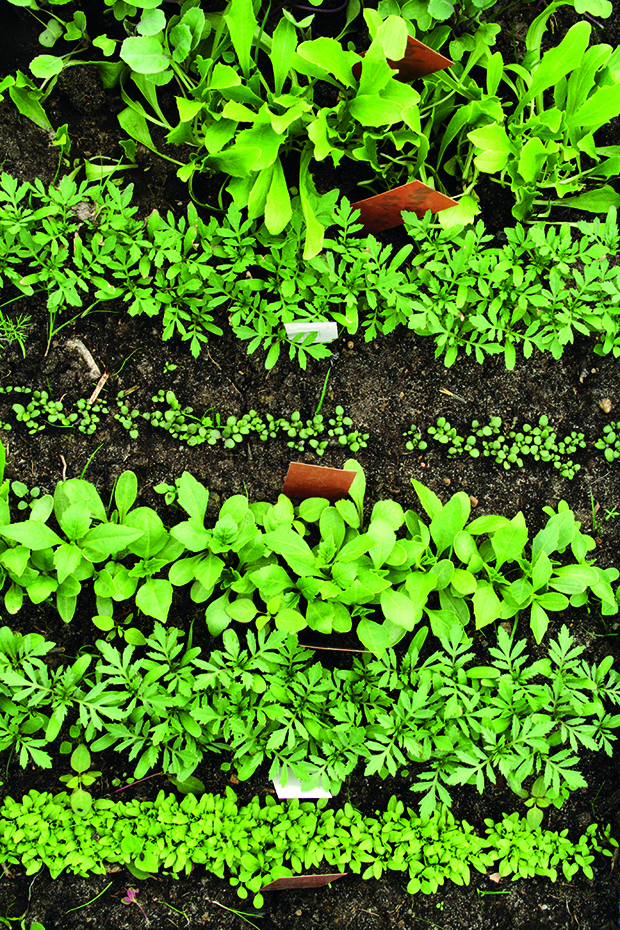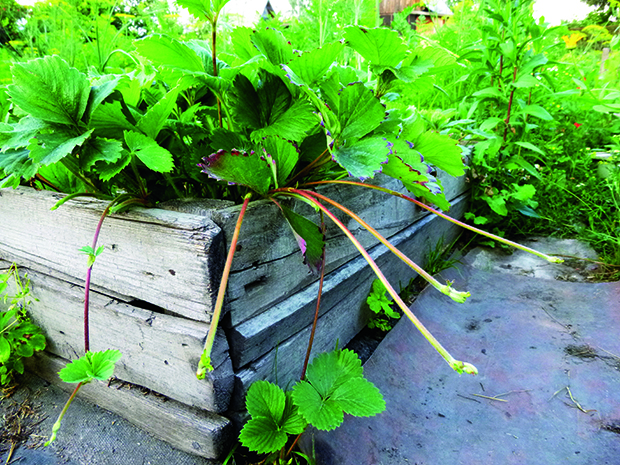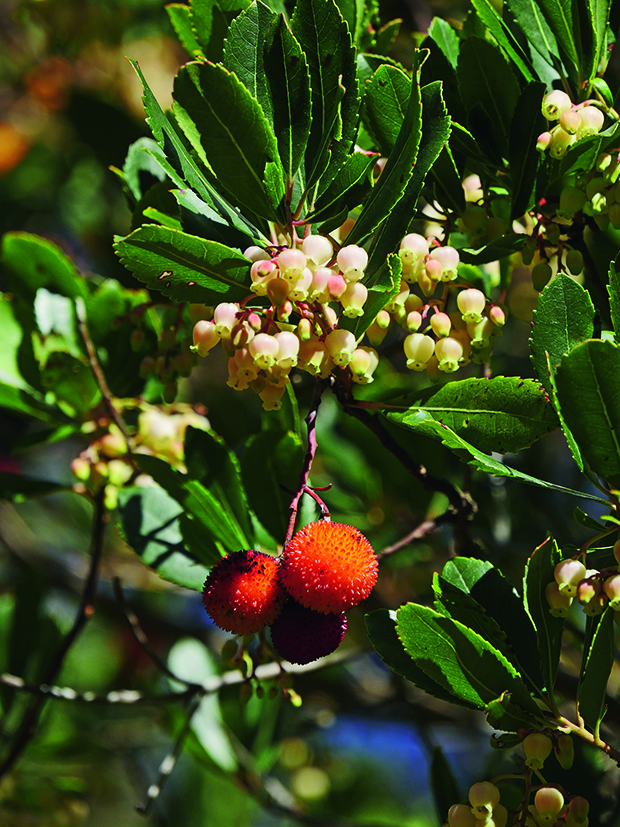A fresh start for a January garden

Start the new year with a thriving garden.
Words: Jane Wrigglesworth
Harvest passionfruit, nectarines, cherries, blueberries, raspberries, apricots, peaches and plums.
If whitefly and aphid numbers are increasing, spray them with a neem solution. Regularly watering or spraying with the hose will also keep them at bay.
Cut strawberry runners from the parent to encourage further fruiting. Pot up the runners to plant in May. Strawberry plants are good for three to four years, after which you should dig up the parent plants and compost them.

Mulch regularly to protect soil from the hot summer sun. Any bare soil not protected by cover crops should be covered with mulch to retain moisture and encourage the community of microorganisms. Good cheap mulch options on vegetable gardens are leaf mold, compost, grass clippings or “chop and drop” cover crops. On flower beds and shrub gardens, a great option for mulch is old pine needles from your now-redundant Christmas tree.
Establish a daily watering or irrigation programme to prevent your vegetables going to seed or your salad greens developing a bitter taste.
Collect seeds from bolted lettuces and tomatoes and sow straight away for a fresh supply.
Sow lettuce, rocket, radishes and coriander every fortnight for a continuous supply of salad ingredients. If growing lettuce, go for heat-tolerant varieties like ‘Summer Queen’ or ‘Green Oak’ and sow them in the shady part of the garden or among tomato or corn plants.
Plant seedlings of brassicas, parsnips, celery, leeks, swede and turnips.

A different kind of strawberry. It might not produce a fruit as delicious as a regular strawberry, but planting the Irish strawberry tree (Arbutus unedo) is a fantastic way to attract birds and pollinators to your garden. So called due to its presence in Ireland, the tree is actually native to western Europe and the mediterranean; it’s the national tree of Italy because its autumn colours are reminiscent of the national flag (red for the berries, green for the leaves and white for the flowers). The tree is drought-hardy, low-maintenance and can adapt easily to rugged coastal climates and frost zones. Growing to a height of five to ten metres, it produces strawberry-looking fruit in winter that ripen after a full year when the next season’s flowers have emerged. The flowers are hermaphrodite, white, bell-shaped and pollinated by bees. While the fruit is considered sweet yet bland, it works well in preserves, jams and liquors. In Portugal, the fruit of the strawberry tree is used to make Aguardente de Medronhos, a strong brandy traditionally made by farmers. While the fruit contains a high content of sugars, it’s also high in antioxidant vitamins such as vitamin C and beta-carotene. The leaves are used in herbal medicine for their reported anti-inflammatory properties.
Love this story? Subscribe now!
 This article first appeared in NZ Lifestyle Block Magazine.
This article first appeared in NZ Lifestyle Block Magazine.
